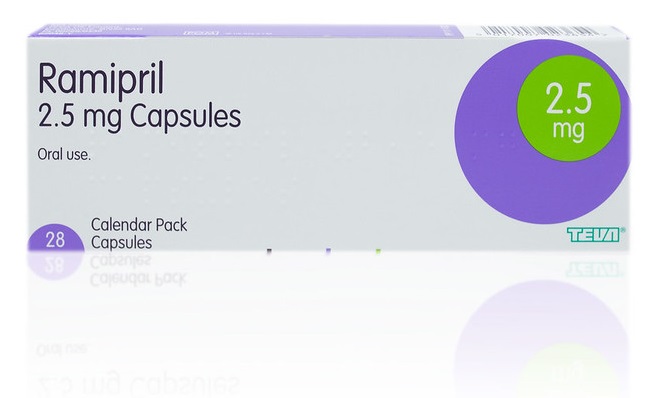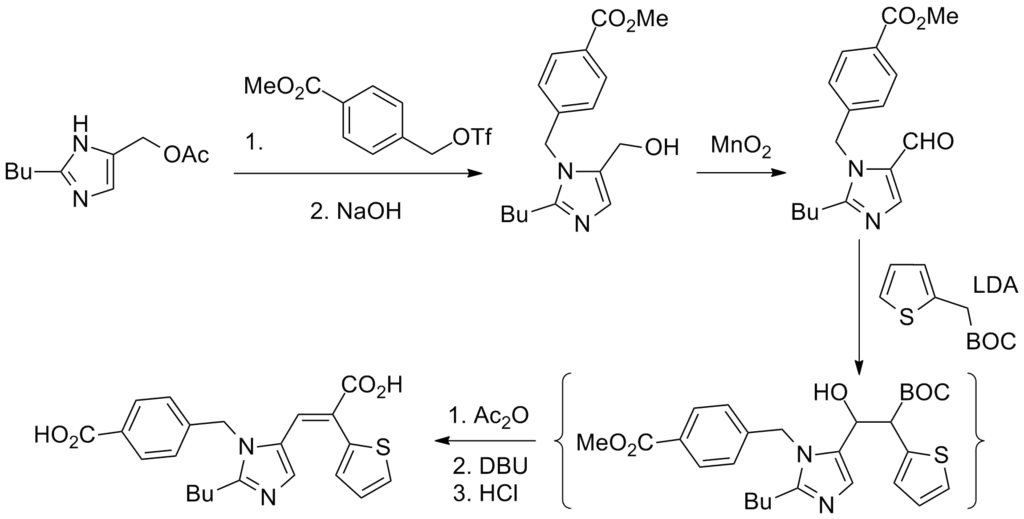Difference Between Ace Inhibitors and Angiotensin Receptor Blockers
The key difference between ace inhibitors and angiotensin receptor blockers is that ace inhibitors are a class of medication that inhibit the activity of angiotensin-converting enzymes and decrease the high blood pressure of the human body, while angiotensin receptor blockers are a class of medication that inhibits the activity of angiotensin II receptor type 1 and decrease the high blood pressure of the human body.
Ace inhibitors and angiotensin receptor blockers are a group of pharmaceuticals used to treat high blood pressure, especially in conditions such as severe heart failures and kidney damages. Furthermore, these medications have similar mechanisms. Therefore, they either inhibit a specific receptor or an important molecule such as the enzyme in renin–angiotensin system.
CONTENTS
1. Overview and Key Difference
2. What are Ace Inhibitors
3. What are Angiotensin Receptor Blockers
4. Similarities – Ace Inhibitors and Angiotensin Receptor Blockers
5. Ace Inhibitors vs Angiotensin Receptor Blockers in Tabular Form
6. Summary – Ace Inhibitors vs Angiotensin Receptor Blockers
What are Ace Inhibitors?
Angiotensin converting enzyme inhibitors or Ace inhibitors are a class of medication that inhibits the activity of angiotensin-converting enzymes and decrease the high blood pressure of the human body. They are primarily used for the treatment of high blood pressure and heart failure. Ace inhibitors usually cause the relaxation of blood vessels. They decrease the blood volume as well. This leads to lower blood pressure and a decrease in oxygen demand from the heart.
Angiotensin-converting enzyme that is inhibited by ace inhibitors is an important component of the renin-angiotensin system. This enzyme converts angiotensin I to angiotensin II. It also hydrolyses bradykinin. Angiotensin II is a vasoconstrictor that increases blood pressure. Hence, ace inhibitors decrease the formation of angiotensin II. At the same time, ace inhibitors increase the level of bradykinin, which is a vasodilator. Therefore, these processes lower the high blood pressure in the human body.

Figure 01: Ace Inhibitors – Ramipril Blood Pressure Capsules
Furthermore, ace inhibitors are used by doctors to decrease excessive water consumption in people with schizophrenia that have psychogenic polydipsia. Frequently prescribed ace inhibitors include benazepril, captopril, enalapril, lisinopril, perindopril, ramipril, trandolapril, and zofenopril. The common side effects of ace inhibitors are very low blood pressure, cough, dizziness, headache, fatigue, nausea, hyperkalemia, chest pain, rash, increased uric acid level, angioedema (swelling of the skin due to build-up of fluids), sun sensitivity, increased BUN & creatinine levels and kidney impairment. This drug is not recommended during pregnancy.
What are Angiotensin Receptor Blockers?
Angiotensin receptor blockers (ARBs) are a class of medication that inhibits the activity of angiotensin II receptor type 1 (AT1) and decrease the high blood pressure of the human body. It is also called an AT1 receptor antagonist. Their main uses are in the treatment of hypertension, diabetic neuropathy and congestive heart failure.

Figure 02: Angiotensin Receptor Blockers
They are selectively blocking the activation of the angiotensin II receptor type 1 receptor, preventing the binding of angiotensin II compared to ACE inhibitors. Angiotensin receptor blockers are indicated as first-line antihypertensive drugs in patients developing hypertension along with left-sided heart failure. Common examples of angiotensin receptor blockers include azilsartan, candesartan, eprosartan, irbesartan, losartan, olmesartan, telmisartan and valsartan. Moreover, some people have common side effects when using angiotensin receptor blockers; these include dizziness, weight loss, severe diarrhoea, hyperkalemia, indigestion, upper respiratory infection, liver failure and kidney failure. Furthermore, this drug is not recommended for pregnant women as it can harm the developing fetus.
What are the Similarities Between Ace Inhibitors and Angiotensin Receptor Blockers?
- Both medications influence the renin–angiotensin system.
- These drugs reduce high blood pressure.
- They are used for the treatment of congestive heart failure and kidney failure in patients with diabetes.
- They have similar mechanisms in that they inhibit specific receptors or an important molecule like an enzyme in the renin–angiotensin system.
- Both are not recommended to use during pregnancy.
What is the Difference Between Ace Inhibitors and Angiotensin Receptor Blockers?
Ace inhibitors are a class of medication that inhibits the activity of angiotensin-converting enzymes and decrease the high blood pressure of the human body, while angiotensin receptor blockers are a class of medication that inhibits the activity of angiotensin II receptor type 1 and decrease the high blood pressure of the human body. So, this is the key difference between ace inhibitors and angiotensin receptor blockers. Furthermore, ace inhibitors produce fewer adverse effects compared to angiotensin receptor blockers.
The following infographic presents the difference between ace inhibitors and angiotensin receptor blockers in tabular form.
Summary – Ace Inhibitors vs Angiotensin Receptor Blockers
High blood pressure is a common condition in people. Long term high blood pressure may eventually cause health problems such as congestive heart failure. Ace inhibitors and angiotensin receptor blockers are a group of pharmaceuticals that can treat high blood pressure. Ace inhibitors are a class of medication that inhibits the activity of angiotensin-converting enzymes. Angiotensin receptor blockers are a class of medication that inhibits the activity of angiotensin II receptor type 1. Thus, this is the summary of the difference between ace inhibitors and angiotensin receptor blockers.
Reference:
1. “What Do ACE Inhibitors Do for Heart Health?” Mayo Clinic, Mayo Foundation for Medical Education and Research, 20 Aug. 2019.
2. “What to Know about Angiotensin II Receptor Blockers.” Mayo Clinic, Mayo Foundation for Medical Education and Research, 16 Aug. 2019.
Image Courtesy:
1. “Ramipril Blood Pressure Capsules Image 8” By Doctor 4U (CC BY 2.0) via Flickr
2. “Eprosartan synthesis” By Nuklear – Own work (CC BY-SA 4.0) via Commons Wikimedia
ncG1vNJzZmivp6x7pbXFn5yrnZ6YsqOx07CcnqZemLyue8OinZ%2Bdopq7pLGMm5ytr5Wau26twp5koqaYnq%2BqwM6rqmaZnpl6orrGoqatnZ6otq950Z6anqikpL9ursuomqSdoqh8